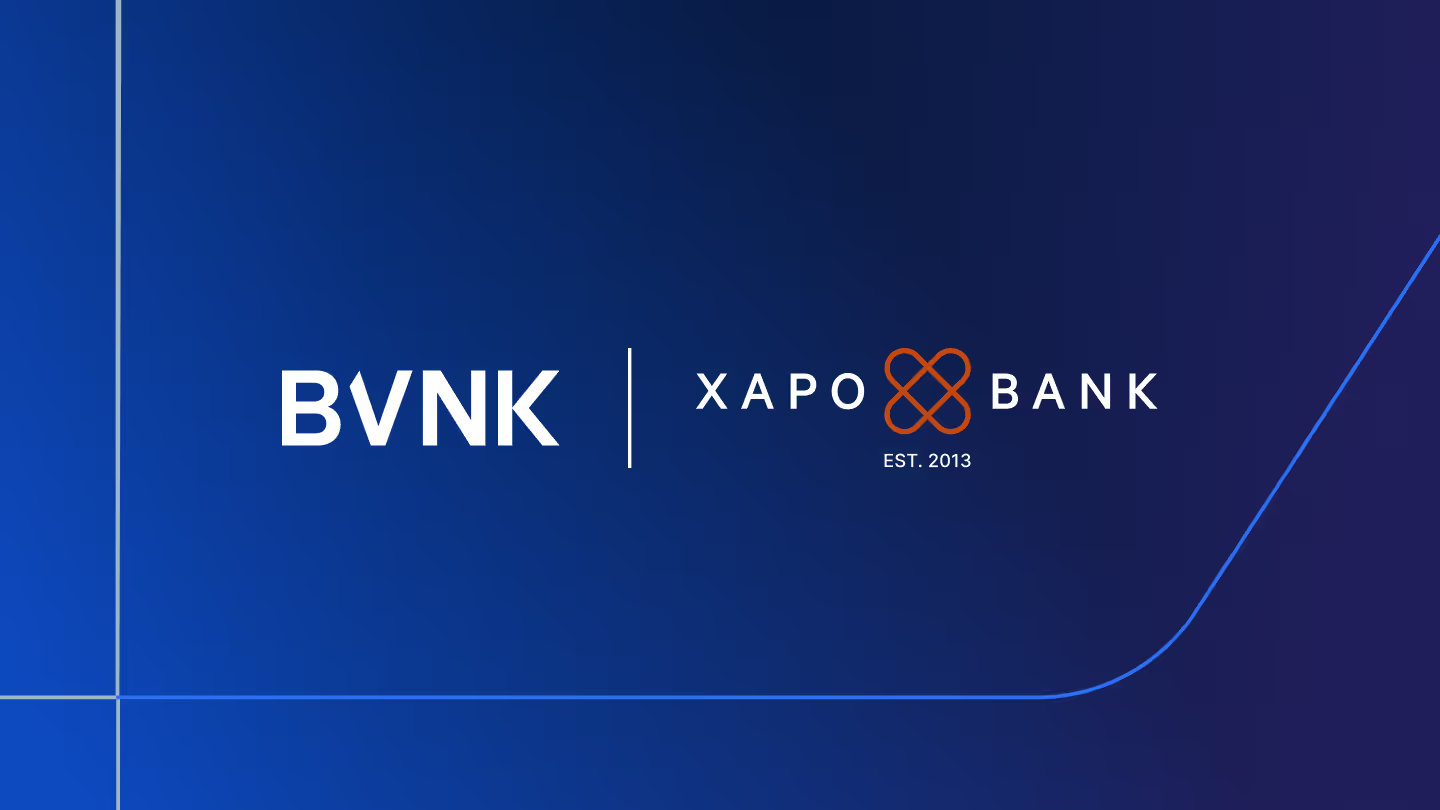Why stablecoins are the future of cross-border payments
BVNK Co-founder and VP Revenue, Chris Harmse, assesses the financial landscape and looks at modern solutions to decades-old issues.
The industry for cross-border payments is fragmented and subject to a swathe of regulations, constraints and requirements depending on the regions and countries involved. International merchants must call upon a range of payment service providers to cater for the currencies of each of the markets they operate in. Similar challenges apply with Swift payments and the difficulties of managing a variety of bank accounts denominated in frequently used currencies. This fragmentation and complexity leads to a lack of transparency, lengthy settlement times, and high transaction costs.
The Swift, Visa, and Mastercard transaction networks date back to the 1970s and were designed for an analogue world where fiat was the only game in town.
In contrast, using blockchain as a basis for international payments solves these challenges and eradicates this complexity. Funds can be transferred almost instantly between digital asset wallets wherever in the world they’re located at low costs without the need to pass through a chain of intermediaries. And all on digitally-native infrastructure suited to the internet age.
In the months and years ahead, stablecoins will emerge as the de facto currency for cross-border payments.
Create your BVNK account to discover payments products tailored for your business.
Latest news
View allGet payment insights straight to your inbox



.jpg)






.avif)


.jpg)





